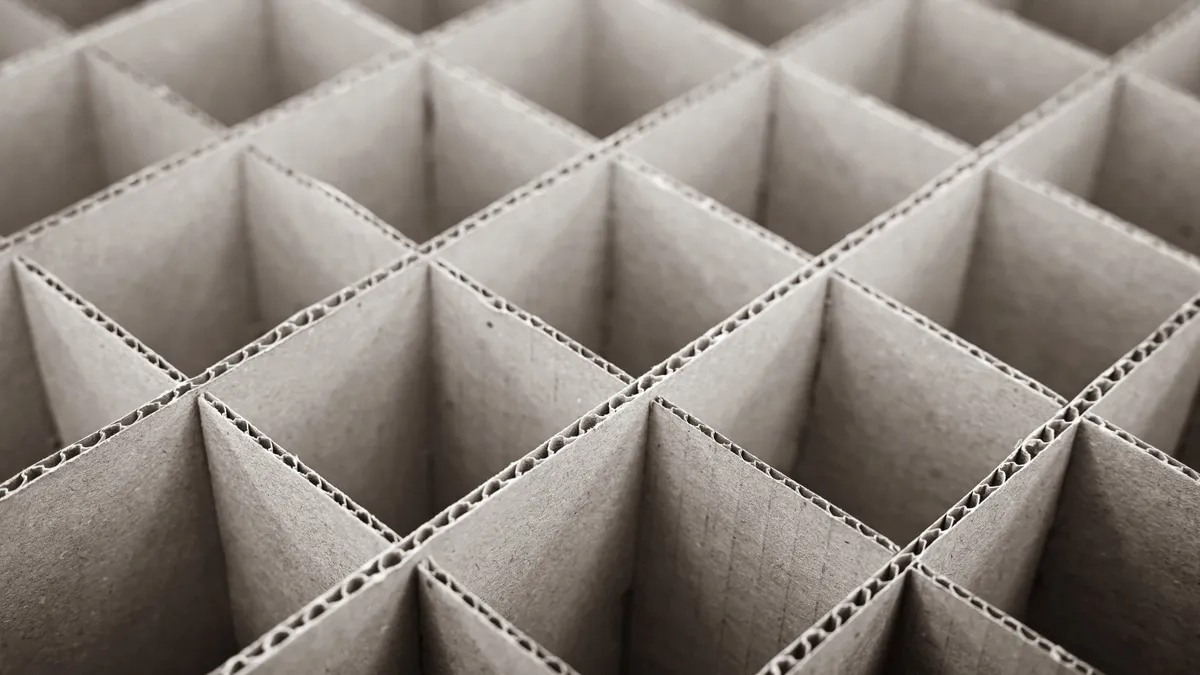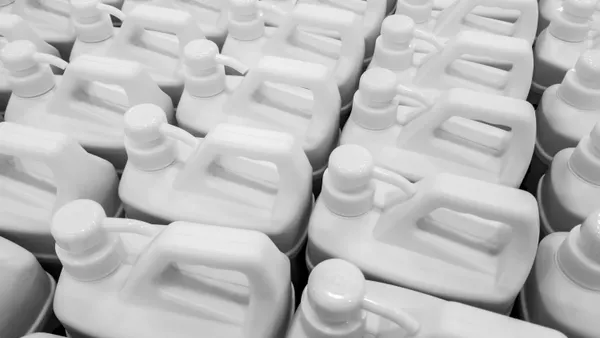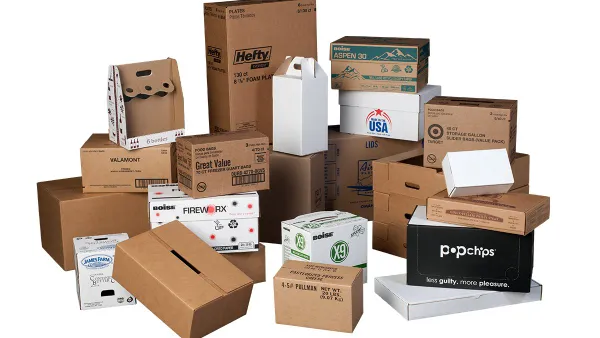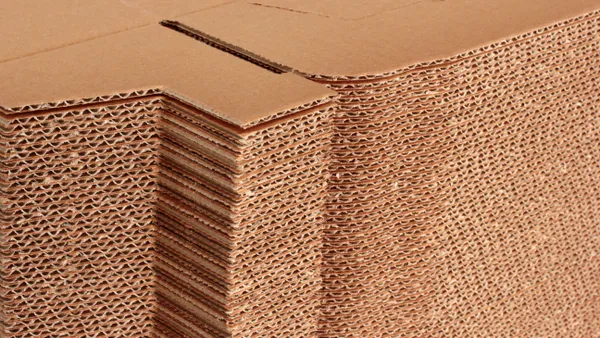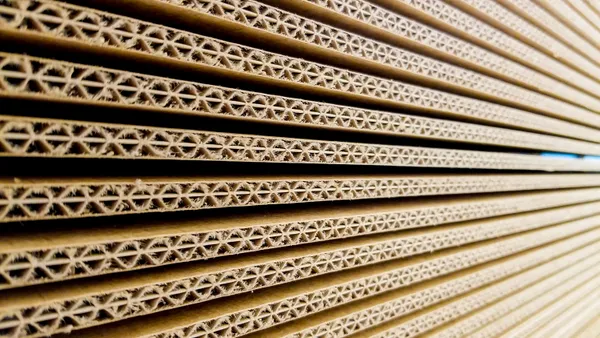- Fiscal Q4 and 2023 readout: Net sales for fiscal year 2023 totaled $5.22 billion, down 17.8% year over year. Following the three months ended Oct. 31, CEO Ole Rosgaard said during a Thursday earnings call that, second to fiscal year 2022, it was the next best year in Greif's history on an adjusted EBITDA and adjusted free cash flow basis, amid “extraordinary macroeconomic headwinds.” Greif’s business “has been under pressure for some time, and we are continuing to face near-term headwinds,” Rosgaard said.
- Industrial packaging: CFO Larry Hilsheimer described this time as “unprecedented,” noting global PMI declines that have extended more than a year. The global industrial packaging business “saw more of the same challenges we have now faced for five straight quarters, an extremely weak industrial sector with demand at staggeringly low levels,” Hilsheimer reported. “Compared to Q4 of fiscal ‘22, global volumes in steel drums were off 8%, large plastics off 14% and fiber drums down 19%. Only IBCs and small plastic volumes increased year over year.” Greif is excited about the segment’s results when the industrial economy recovers, Hilsheimer said.
- Paper packaging: Declines in the paper packaging segment stemmed from lower volumes and price pressures, Hilsheimer said. Greif had approximately 62,000 tons-worth of total downtime across its mill system during the quarter, up from 35,000 during the same quarter last year. Uncoated recycled paperboard was more heavily affected, with containerboard seeing less downtime and better volumes in converting. “But overall, the continued low volume environment combined with rising OCC costs during the quarter” contributed to earnings declines.
- M&A: Greif committed more than $1 billion in capital to M&A during the year, with four acquisitions completed and its acquisition of Ipackchem pending. Benefits from the late-in-year acquisitions of ColePak, Reliance Products and Ipackchem will be reflected in performance in the coming year, said Hilsheimer. Greif’s current acquisition strategy aims to “build greater balance in our portfolio from an end market and substrate perspective,” Rosgaard said. He also noted that while Greif isn’t currently aggressively trying to buy, “we remain opportunistic over the next six months in terms of what's available.” The companies Greif is buying or that are in the pipeline are “materially margin-accretive and have better free cash flow characteristics than our legacy Greif business.”
- Outlook: Hilsheimer said it’s “a challenging time to give full year guidance because we do believe the demand environment will turn positively, we just don't know when.” Taking into account “near-term headwinds and low visibility to a sustained recovery,” Greif is offering low-end guidance to start fiscal 2024 of $585 million in EBITDA and $200 million in free cash flow, which is based on the assumption of demand, price and cost trends continuing at current levels through the fiscal year. The guidance does not take into account recent price increases for containerboard and excludes benefits from the Ipackchem deal. “Our hope is that our actual fiscal ‘24 results will end up significantly above this low-end guidance. However, we've always stated that we do not guide based on hope,” Hilsheimer said. “We have seen some green shoots, but no identified compelling trends yet to give us conviction that a recovery is emerging.”

Greif details M&A strategy amid ongoing economic headwinds
Greif’s annual net sales ended the fiscal year down nearly 18% from the prior year, but executives are optimistic about growth from acquisitions.
